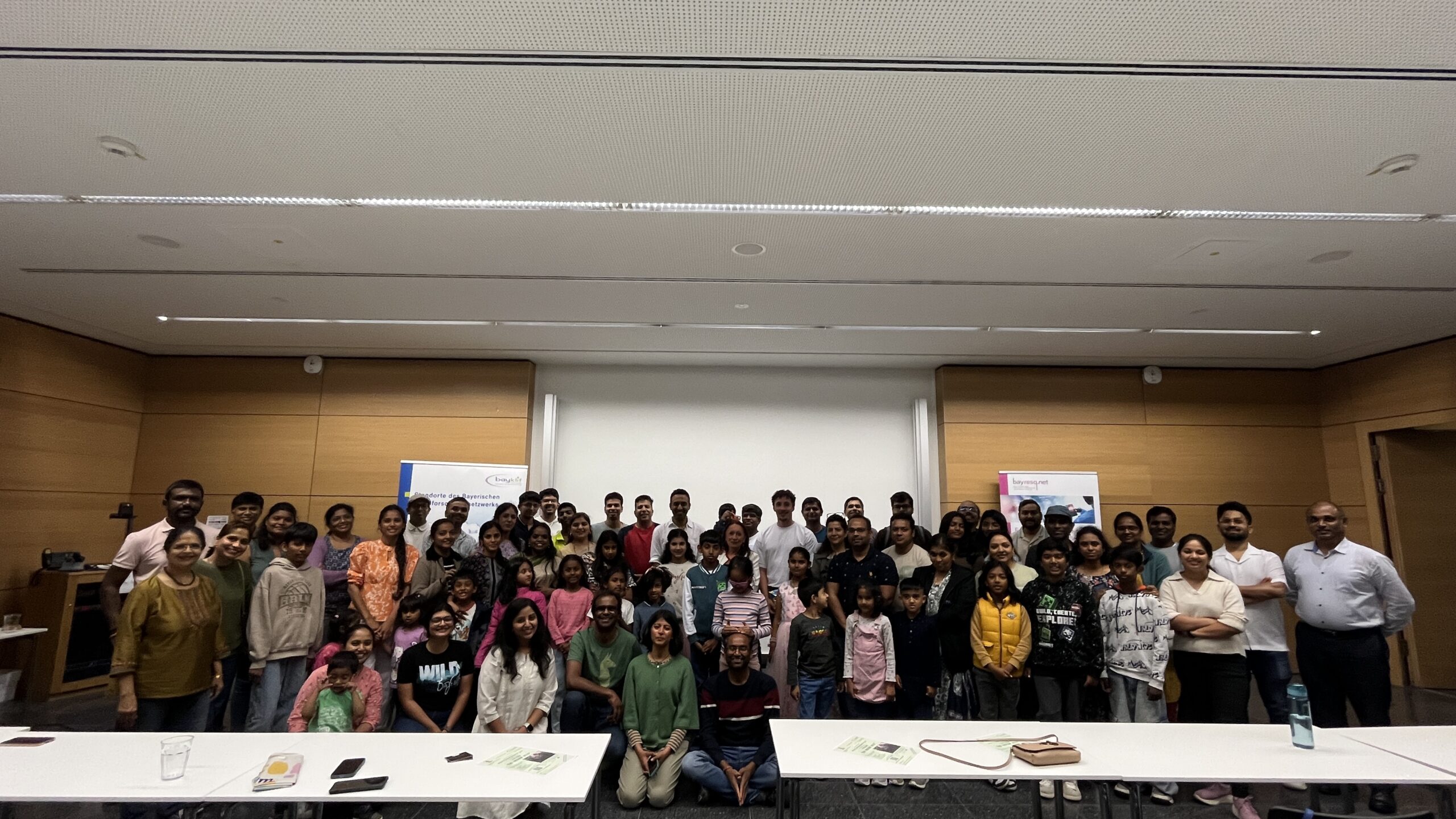First results of the transdisciplinary research project “Diversity of Insects in Nature Conservation Areas (DINA)” in 21 areas of Germany are available. The recommendations for action derived from these results have been summarized in a policy-brief and in these points:
“1. Prioritize biodiversity in goal setting and planning for protected areas.
The Federal Nature Conservation Act (BNatSchG) must be aligned with the goal of reversing the trend in the loss of species and especially insect diversity in nature conservation and Natura 2000 areas. Federal and state legislation must prioritize the conservation of local biodiversity in protected areas over land use.
Risk analyses and landscape planning must consider edge effects and environmental influences within a radius of at least 2 km around protected area boundaries.
Spatial planning procedures for zonal expansion of protected area areas must be established. The goal must be to reduce contact lines with arable land in intensive use.
Arable land in protected areas must serve to preserve species-rich arable biotopes.
2. Enable nationwide monitoring and site-specific risk analyses.
Biodiversity monitoring using malaise traps needs to be further expanded. One goal is to use these data to identify characteristic species of protected habitat types.
Research is needed on the effects of pesticide inputs on insect populations in protected areas.
The spatial and temporal resolution of nationwide monitoring must allow the identification of specific threats to insect populations on the ground in order to review local measures.
Priority for local monitoring and risk analyses must be given to areas in need of special protection (Natura 2000) as well as endangered arable biotope types.
Research and monitoring on protected areas should be permitted and regulated on a national level.
3. Promote the willingness of central actors to cooperate.
Cooperatively developed measures within and in the vicinity of protected areas are to be promoted structurally and financially, in particular by designing suitable funding and advisory instruments.
The involvement of stakeholders from landscape management, agriculture, nature conservation, politics and civil society in spatially related management of risks to biodiversity should be sought.
Biodiversity and its conservation are to be established as a component of education for sustainable development.”




